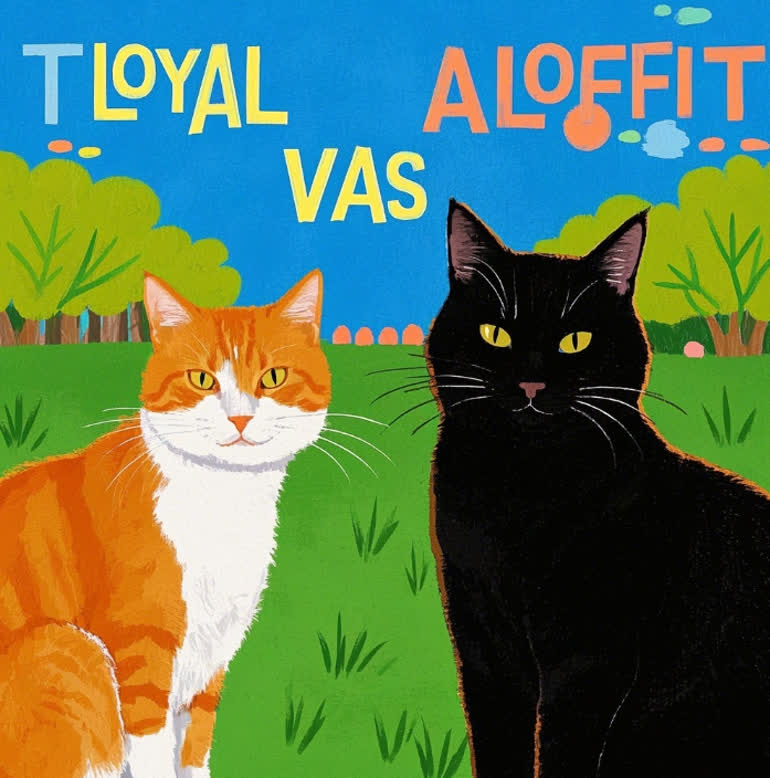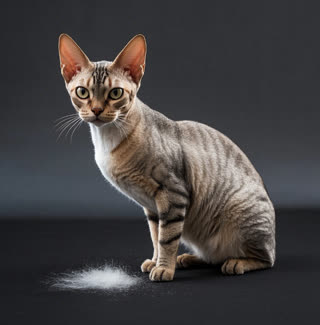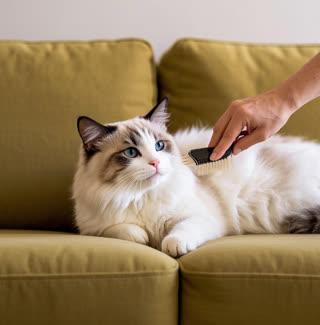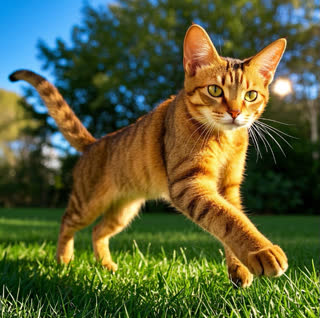When it comes to loyal vs aloof cats, the age-old debate persists: Are cats truly loyal, or are they merely indifferent creatures driven by survival instincts? For decades, feline behavior has been misunderstood, often painted as cold or detached compared to dogs. However, recent research and anecdotal evidence reveal a more nuanced reality. Cats do form deep bonds with humans, but their expressions of loyalty differ significantly from canine behavior. This article explores the science behind cat personality differences, decodes their unique attachment styles, and uncovers the truth about their often-misinterpreted actions.
Understanding Cat Attachment Styles
Cats exhibit distinct attachment styles, much like humans and dogs. A landmark study by Oregon State University found that 64% of cats form "secure attachments" to their owners, similar to infants and dogs. This means they view their human caregivers as a source of safety and comfort. However, unlike dogs, cats rarely display clingy behavior. Instead, their loyalty manifests subtly—through quiet companionship, seeking proximity during stress, or greeting owners with gentle headbutts.
Securely attached cats might follow you around the house, sleep near you, or purr contentedly when held. Conversely, insecurely attached cats may show anxiety-driven behaviors like excessive meowing at night, avoiding interaction, or over-grooming. These differences highlight how cat-human bonding levels vary based on trust and environmental stability.
Signs of Feline Trust and Loyalty
Contrary to popular belief, cats don’t bond with humans solely for food. Loyalty in cats is earned through consistent care, patience, and respect for their independence. Here are key indicators your cat trusts you:
- Choosing Your Company
Cats often seek solitude, but a loyal feline will 主动 choose to be near you, especially during vulnerable moments like sleeping or illness. They might curl up on your lap or nap beside you, signaling comfort in your presence. - Body Language Cues
A relaxed tail, slow blinks, and gentle purring indicate trust. Rubbing against furniture (or you) to mark territory with scent glands also shows they consider your home their safe space. - Stress Relief
During thunderstorms or moves, cats may cling to you for reassurance. This reliance on your calmness underscores their emotional bond. - Returning Home
Stories of cats traveling miles to reunite with their families—like Garfield the tabby, who trekked 40 miles after being rehomed—prove their loyalty transcends physical boundaries.
Why Cats Seem Aloof: Debunking Myths
The misconception of cats as aloof stems from their independent cat traits. Unlike dogs, cats evolved as solitary hunters, prioritizing self-reliance. However, this independence doesn’t equate to disloyalty. Here’s why they act "standoffish":
Selective Socializing: Cats engage when they feel secure, not on command. Forcing interaction can strain trust.
Subtle Communication: Their signals—like a flicking tail or ear twitch—are easily missed by humans unfamiliar with feline body language.
Territorial Instincts: Cats may explore neighbors’ homes but often return to their primary caregivers, showing loyalty isn’t exclusive.
The Science of Feline Loyalty
Research supports the idea that cats experience emotions similar to humans. Brain scans reveal they have the same neural pathways for pleasure and attachment as dogs. Dr. Kristyn Vitale, lead author of the Oregon study, emphasizes: "Cats look to their owners for security, and their behavior during stress reflects this bond." This means your actions—how you respond to their needs—directly influence their trust.
Building Trust with Your Cat
To strengthen your bond with a cat, whether they lean toward loyalty or aloofness, follow these tips:
Respect Their Boundaries: Let them initiate interaction. Forcing cuddles can backfire.
Create Safe Spaces: Provide hiding spots and elevated perches to reduce anxiety.
Consistent Routine: Feed and play at the same times daily to build security.
Positive Reinforcement: Reward calm behavior with treats or praise.
Conclusion: Embracing the Complexity of Feline Behavior
The debate over loyal vs aloof cats oversimplifies their rich emotional lives. Cats are neither purely independent nor entirely dependent; they’re individuals with unique personalities. By decoding their behavior—from subtle body language to attachment styles—you’ll unlock a deeper connection. Remember, a cat’s loyalty is quiet but profound, rooted in mutual trust and respect.
So, the next time your cat ignores you for hours only to curl up beside you at night, take it as the ultimate compliment. They’ve chosen you—and that’s a bond worth celebrating.










